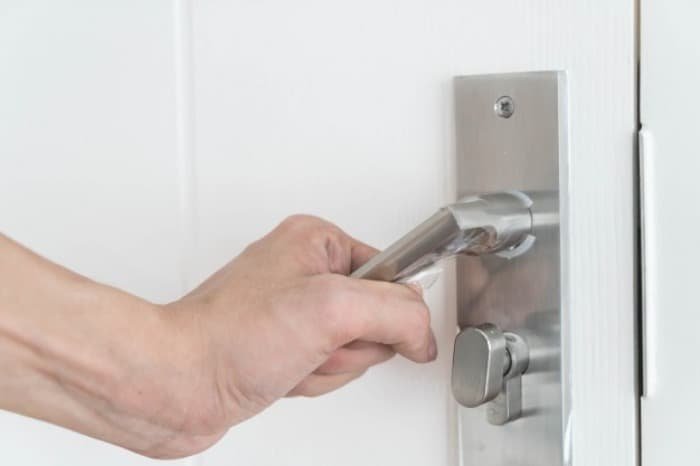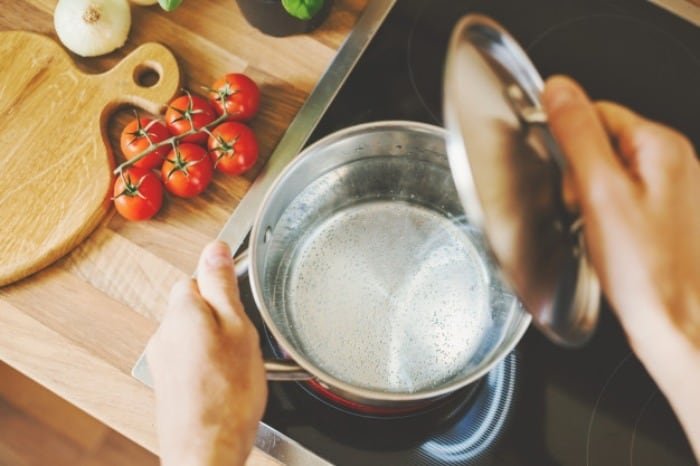Best WaysHeating Your HomeWithout a Heater
Heating your home in the cold seasons requires management to ensure comfort while preventing excessive energy use. No matter your age or gender, living in a cold environment can be harmful to your health. Fortunately, there are many ways to stay warm without using heating appliances, which can also reduce gas consumption. In this section ofSelMagzwe will introduce these solutions to you.
1. Close All Windows:
Make sure to seal not only the windows but also any gaps around them. Windows should have weather stripping. If you feel that your home is too warm, you can remove the weather strips. Keep the window seals tight and consider using removable plastic weather stripping, so you can detach them anytime. You can also place an old towel or T-shirt in the window gaps.

2. Use Light-Colored Regular Curtains to LetSunlightCome In During the Day:
This not only keeps the cold out but also allows you to make use of the sunlight’s warmth. You can use plastic blinds to cover the windows and open them when the sun is shining.
3. Pull Back Curtains When the Sun Shines:
If the curtains hanging by your window are heavy, you can pull them aside to make use of the sun’s light and warmth while it’s shining in.
4. Close Doors Tightly:
Check around the door and its frame to ensure cold air isn’t coming in from around or under it. You can also use door seals or fabric methods to keep warmth inside.

5. Let as Much Sunlight In as Possible:
Check all ways that allow sunlight to reflect more. Use plants that reflect sunlight effectively. Keep extra objects away from walls that face the sun. Ideally, place items back in their locations at night.
6. Keep Doors to Non-Sunny Rooms Closed:
Closed doors create a barrier between you and cold rooms, halting air flow as much as possible to prevent cold air from coming in. It’s best to place a refrigerator and freezer in those rooms. Even if you have a heater, keep those doors closed to concentrate warmth, but be sure to occasionally run a heater in those rooms to prevent pipes from freezing and also watch out for rugs that may be damaged by the cold.
7. Use Rugs, Carpets, or Mats:
Rugs can help make your home feel warmer. Don’t leave your floors bare without rugs. Walking on rugs feels much better than stepping on cold stone or wood, and it’s gentler on your feet.

8. Use Insulation in the Attic or Empty Ceiling Space:
Much of the home’s heat escapes through the attic, so be sure to use insulation to keep heat inside and make sure your roof is adequately insulated.
9. If You Have a Fireplace, Use It:
If you have a fireplace, light it up because the warm flames provide a cozy and adequate heat source for your home.
10. Cook:
Cooking is a heat-generating activity that can raise your home’s temperature. Eating hot food also helps keep you warmer inside. Try baking a cake orcookiesas your oven should generally be on to warm up the home and kitchen. A kitchen warmed by cooking can help heat the entire house. If you’ve baked a cake in the oven, leave the door open afterward to let the warmth circulate in the house. Leave the door open for 20 minutes and then close it to conserve energy. Avoid cooking items that don’t produce steam too much and arrange your cooking to help increase humidity. Humidifiers can also absorb heat and deliver it to you.

11. Light Candles:
One or more candles can produce a good amount of heat. Just be careful where you place them in your home. Use inexpensive candles in larger quantities and consider using candle warmers. While they may not be as warm as a fireplace or heater, they provide a reasonable feeling of warmth.
12. Turn on Several Lights:
Light bulbs average about 95% heat energy output, making them a cost-effective way to generate comforting warmth. LED and fluorescent lights do not contribute much to heating a home, so save them for the warmer days and conserve your money.







